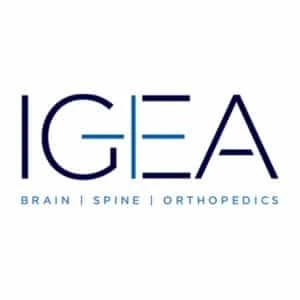According to the Journal of Neurosurgery states nearly 12.8 million people world over require neurosurgery treatments in a year. The term "neurosurgery" alludes to surgical treatments carried out on the central nervous system, that mostly comprises spinal column, spine, and brain.
These procedures are typically recommended to treat a range of issues from herniated discs, spinal cord disorders, to nerve pain. A doctor who’s specialist of diagnosing and surgically treating issues that affect the central nervous system is called a neurosurgeon.
This blog post will throw light on the common procedures encompassing New Jersey neurosurgery treatments.
Most Common Neurosurgery Treatments
A neurosurgeon will often recommend a wide range of treatments taking into consideration a patient\'s specific symptoms. Some of the universally performed treatments in neurosurgery are the following:
- Lumbar puncture
Also known as a spinal tap, the lumbar puncture is one of the most uncomplicated neurosurgical procedures. It is done to diagnose issues that affect the central nervous system, for example meningitis, brain or spinal cancer, and leukemia.
The procedure mainly consists of inserting a needle into a patient\'s spinal canal to empty out cerebrospinal fluid. This fluid encircles the brain and spine and keep them safe from injuries. Some of the reasons a neurosurgeon decide to perform a lumbar puncture are for instance:
- To look for disease, inflammation, or infections.
- To inject spinal anesthetics or other medication.
- To measure the pressure of a person\'s cerebrospinal fluid.
- To inject radioactive substances or dye into the cerebrospinal fluid to study its flow.
- Anterior cervical discectomy
Another common neurosurgical procedure addresses herniated discs, a major cause of arm or neck pain. While performing the procedure, the neurosurgeon goes through the neck\'s posterior to surgically remove the herniated disc and fuse peripheral discs. As complicated as this procedure might look, it is at times performed as an outpatient treatment.
- Craniotomy
A craniotomy is performed by removing the top area of the skull to reach the brain. It is a standard procedure followed to deal with the damage caused by health conditions like a stroke or traumatic head injury.
The removal of the top part of the skull enables the brain to swell without being hindered by the skull. The procedure allow for easy access to the brain so that the neurosurgeon can operate on it. For example, a craniotomy is carried out if a neurosurgeon wants to remove a tumor from a patient\'s brain.
- Chiari decompression
This widely performed neurosurgical procedure is used to treat the Arnold-Chiari malformation. This condition causes a loss of balance owing to a malformation in the region of the brain that regulates balance. During Chiari decompression a bone in the back of the skull is removed.
- Laminectomy
Laminectomies are done to cure the problem of severe back pain. The procedure comprises making tiny incisions all through the spine and eliminating a part or all of a vertebra. This procedure corrects problems related to nerve and spinal cord pain. Laminectomies are basically a last-resort treatment for patients with crippling back pain after all other options have failed.
The Nutshell
In this blog post you were enlightened about the common procedures involved in New Jersey neurosurgery treatments. If you are grappling with a health issue that affects your central nervous system, you might need a neurosurgeon.



